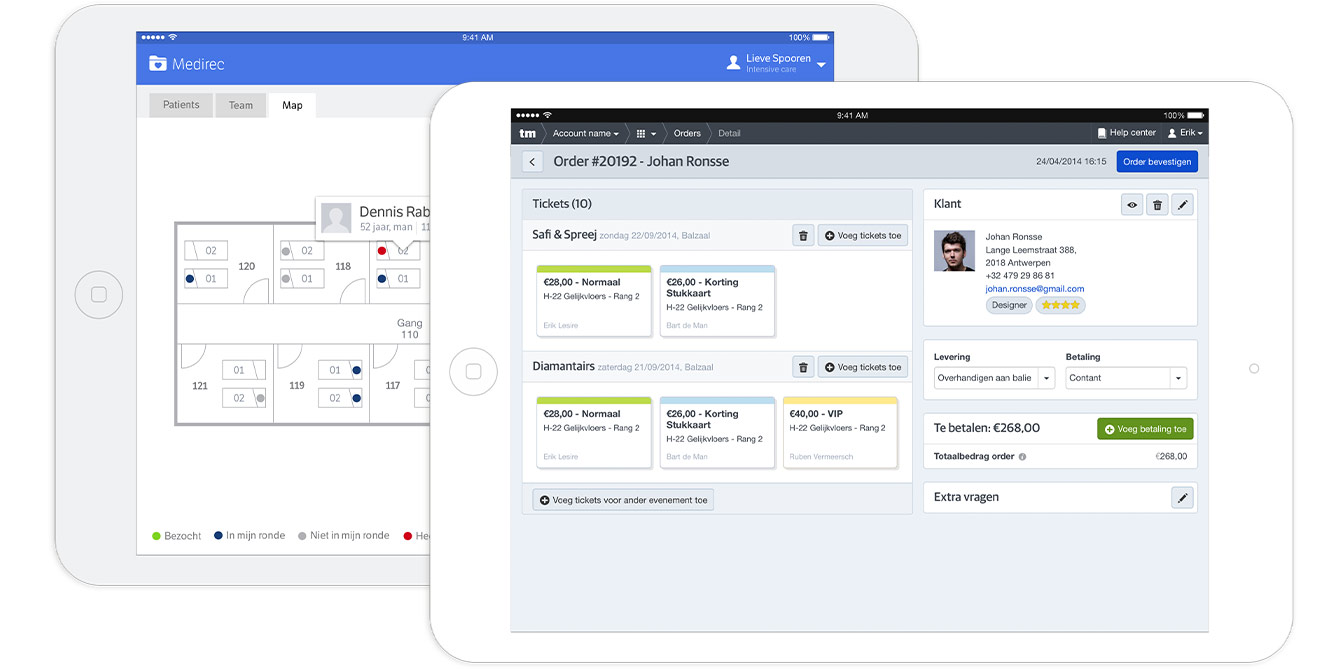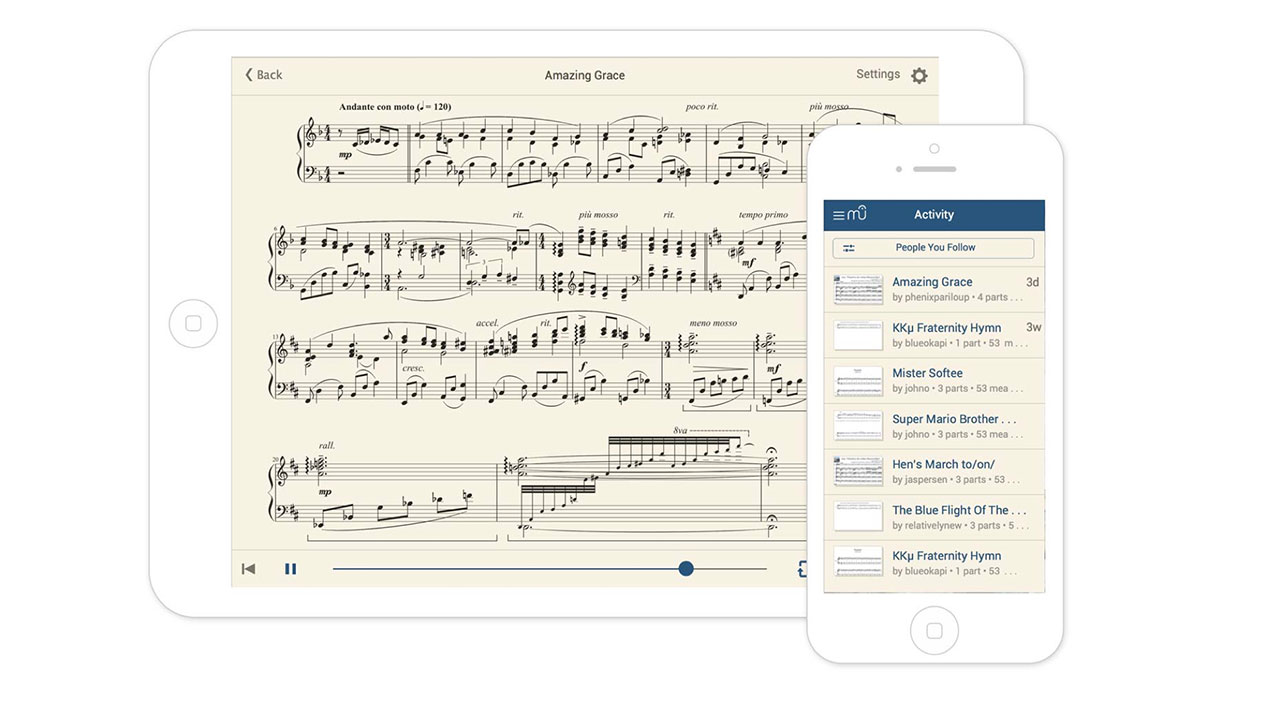Mono: Frequently Asked Questions
Yesterday I was at a network event and noticed the same questions about Mono came back. This post is relevant for anyone who is interested in working with us and wants to know a few more details.
Q: What do you do?
We are an interface design company. We design user interfaces for software. If it has a screen, we will design for it. We design both web applications as well as native applications.

Q: So it’s about “user experience”?
Yes, ultimately the goal is to create the best user experience. Our role within projects is to decide – together with the product team – what the product should be.
There are two big parts to this, one is the design strategy, and the other is the practical design work. Typical strategy questions are high-level: what should the application do exactly? What about mobile? Should we decide to develop a native application or not?
The practical design work consists of deciding how screens are laid out, how you move from one part of the application to another, what things look like, etc. This is the majority of the work and this is also where our experience shines.
We make decisions based on our vast knowledge of user interface design. For example, when designing a form, we make a lot of considerations.
Q: What’s the size of the company? Where do you work from?
We are a pretty small company: currently the team is four people strong. We all work from Belgium, but we have a pretty strong remote culture.
We get together for meetings with the team or with clients when it’s relevant, but besides that we enjoy the efficiency gain of not spending time in traffic every day.

Q: Where are your clients from?
Most clients are from Belgium, and we have a major client in the US. We’ve had clients in Japan. We are open to international work.
Q: What’s your selling proposition? What makes you different than your competitors?
One of the things we excel at is “software design in the real world”. I think it makes sense to recognize that not every software solution can be made in the latest hip framework. It takes a lot of knowledge about the underlying technology to make valid choices about where to go with the software.
Personally, I spend a lot of effort to know about the underlying technology. I don’t know many designers that know what RichFaces or Qt are; but I do.
We are four designers but we all know how to code. All four of us have expert-level CSS knowledge. Jan even made his own iOS app; and Thomas is specialized in Javascript.
We go to great lengths to simulate the end result of the software by prototyping the experience.
For web applications, we create intricate HTML prototypes that simulate the core interactions of the applications. For native applications, we simulate the experience in specialized prototyping applications.
We don’t just leave after we delivered our designs. We keep in touch with the developers and try to be close to the software lifecycle. We recognize that software has a feature roadmap and different stages of development, and work together with dev teams to provide the right design services at the right times.
Q: So, do you do development as well?
We do a part of the front-end development; the part that is mostly related to interaction and the visual look of an application.
When the application is web-based, we create HTML prototypes. These consist of HTML, CSS and JavaScript. We create component styleguides that list the different parts of the application. Almost all HTML and CSS can be re-used in the actual application implementation.
The Javascript we write is mostly “quick and dirty” JavaScript for prototyping purposes. Typically it is used as an inspiration for the final Javascript.
The interactions we are designing can get pretty complex. Thomas has been doing an great job simulating rich UI interactions like drag and drop in our HTML prototypes. He teaches a class in React (sign up for his class if you are interested!).
Ultimately our goal is to figure out how to create the best software. We believe coding can be part of the design process.

When it comes to native applications, we don’t do any development, only design. We often partner up with development firms to be able to provide a full solution to clients who don’t have a development team.
We like to work with our friends at madewithlove, but we are an independent design firm.
Q: What is your personal goal?
I want to create the best software possible. I think there were some important moments in the history of user interfaces. A (relatively) recent example is the first version of iOS. I’d like to be at the point where I’ve worked on something that deserves to be part of that history.
Q: What is the price of a project?
There is no fixed price, it depends on what you want to do. We mostly work project-based and put a fixed price on a scope of work based on the value we deliver.
We like to do “what is right” as opposed to what serves our portfolio. So sometimes we take design shortcuts (i.e. relying on frameworks), because we know they are the right shortcuts.
For example, it doesn’t make sense to spend 5 days brainstorming about a name and logo in the very early stage of an application startup.
We have some things we sell at a fixed price like our user experience report. This is a review of an existing application that points out what could be improved with a very hands-on approach (actually delivering assets and example screen designs).
If you have any more questions, feel free to contact us. Send an e-mail to hello@mono.company or call +32 479 29 86 81.
Subscribe to our newsletter
Receive blog highlights and fresh insights into UX/UI and front-end development.